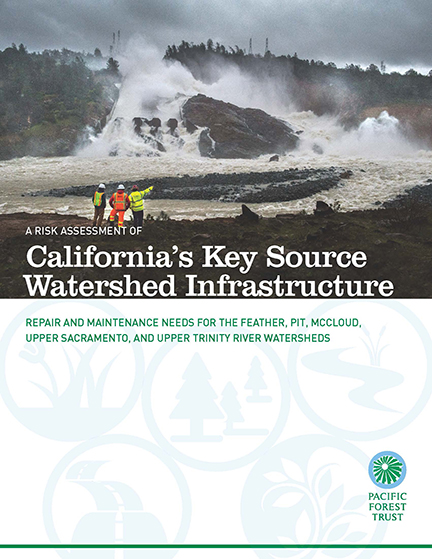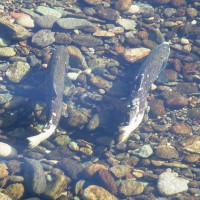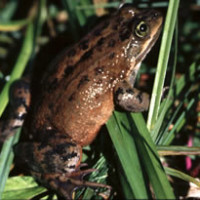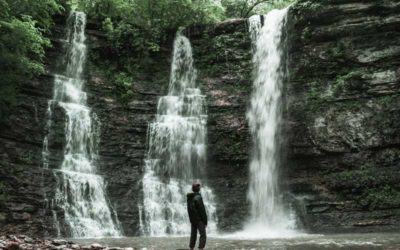What We Do:
Protect Water Sources
Whether you live in a city, suburb, or rural town, you likely depend on forests to collect, clean, and provide your water. Forest watersheds provide cool, clean drinking water to over 180 million Americans. From their trees to your tap, healthy forests are crucial to our water supply.
Healthy Watersheds California

This report is the first comprehensive assessment of the seven million acres across five watersheds that feed the Shasta and Oroville reservoirs, the core of the state’s utilized water supply—and it outlines a framework to restore and maintain resilient watersheds. Following the passage of 2016’s AB 2480, which established that the maintenance and repair of source watersheds is eligible for the same forms of financing as other water collection and treatment infrastructure, the state must now embark on restoring and maintaining these critical sources of water for more than 28 million Californians.

How We Protect Water Sources
We keep water flowing by conserving and restoring natural watersheds
Intact forests are essential for watershed function. Fragmentation through the sale and development of forests degrades that function. We prioritize our work in threatened watersheds to ensure water will keep flowing down to the millions that depend on it. Working with landowners, we design and help implement conservation plans that specifically protect and restore waterways forever. This includes keeping forests intact, safeguarded from conversion, and maintaining and restoring natural watershed function.
We keep forest waterways clean and healthy
In our conserved forests, we reduce sediment in waterways by maintaining low-harvest buffer areas near rivers, streams, lakes, and ponds as well as by planting and retaining trees uphill from water bodies to reduce erosion. We restore and maintain canopy cover over streams to shade and cool water to benefit aquatic life and retain large trees near river and stream banks. When they die, these large trees fall into streams and rivers creating eddies and pools to hold water for fish and other water-living creatures.
We help forests collect more water
Our goal is to conserve and restore more natural forests. These more natural forests have a mix of short and tall, young and old trees that, together, better trap cloud and fog moisture—as well as increased amounts of snow—in the coastal and mountainous Pacific forests. Our work restores and sustains the naturally efficient system for collecting precipitation, shading water sources, metering out water into warmer and drier months, and slowing runoff in intense rain events.
We Develop Policies and Incentives to Protect Water Sources
Recognizing that waterways begin in natural systems rather than at reservoirs and at dam walls, we develop policies and incentives that conserve and enhance forest watersheds. We also seek to align public investments in forests to deliver synergistic benefits for climate, wildlife adaptation, and water management.
We’ve spearheaded successful efforts to include headwaters protection and watershed restoration through California’s Water Action Plan, ensured this in multiple state bond measures, and have launched a pioneering initiative to finance natural water infrastructure the same way we finance built water infrastructure.
HOW YOU CAN HELP
Help conserve America's forests.
Be part of the Springs for Life® ForestWater Alliance®.
Current Projects & News
Watershed restoration is key to a climate-smart future
Read PFT President Laurie Wayburn’s op-ed in CalMatters from June 21, 2021 about how investing in Sacramento River headwaters region could secure the state’s water supply for decades.
PFT comments on California’s Water Resilience Portfolio
PFT made comments at a public forum for California Water’s Future held by the California Department of Food and Agriculture (CDFA) in Redding, CA on August 6, 2019, and submitted detailed comments on September 1, 2019. Find out more.
A new model for water security in the face of climate change
The health of our forested watersheds is crucial to water security, and the effects of climate change only reinforce that vital role. Here’s what PFT is doing to ensure healthy watersheds and water security in California.









